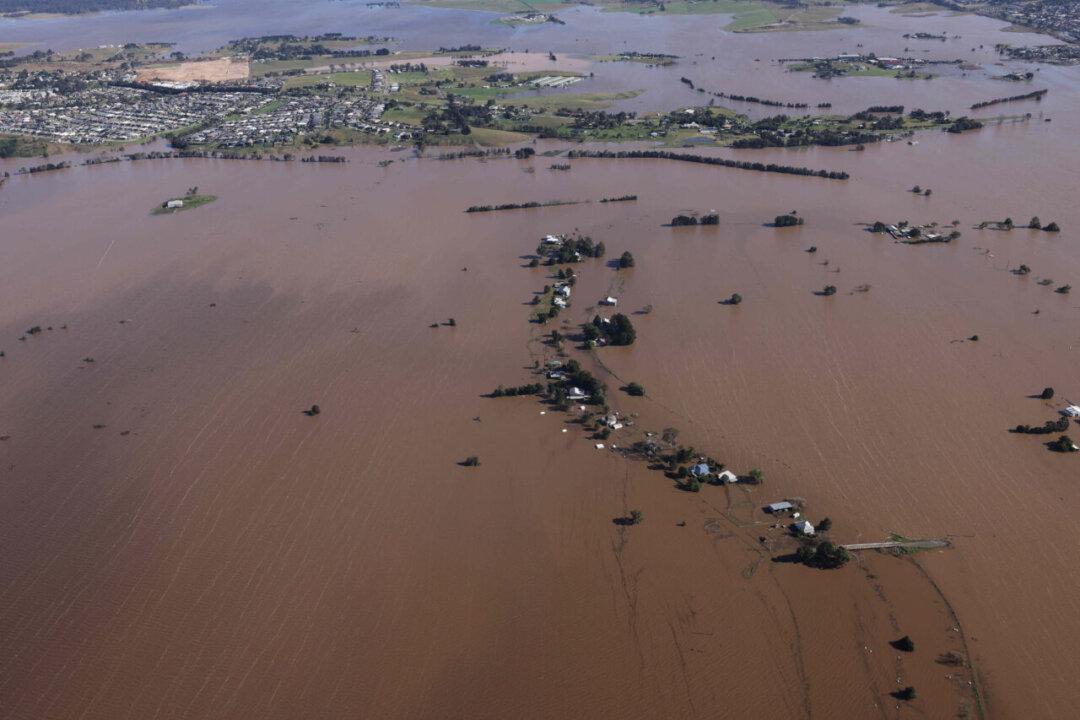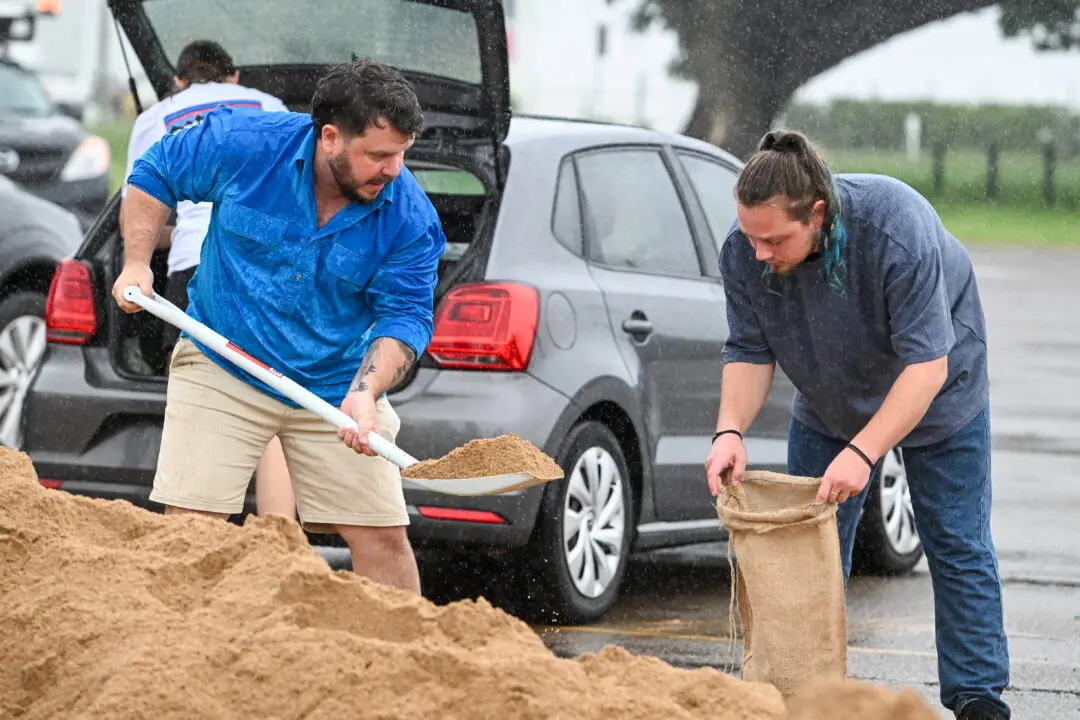When the catastrophic floods hit north-east New South Wales (NSW) one year ago, much of Bundjalung Country went under water.
And when flooding affected western NSW later last year, several Aboriginal communities, including in Walgett, were forced to evacuate.





